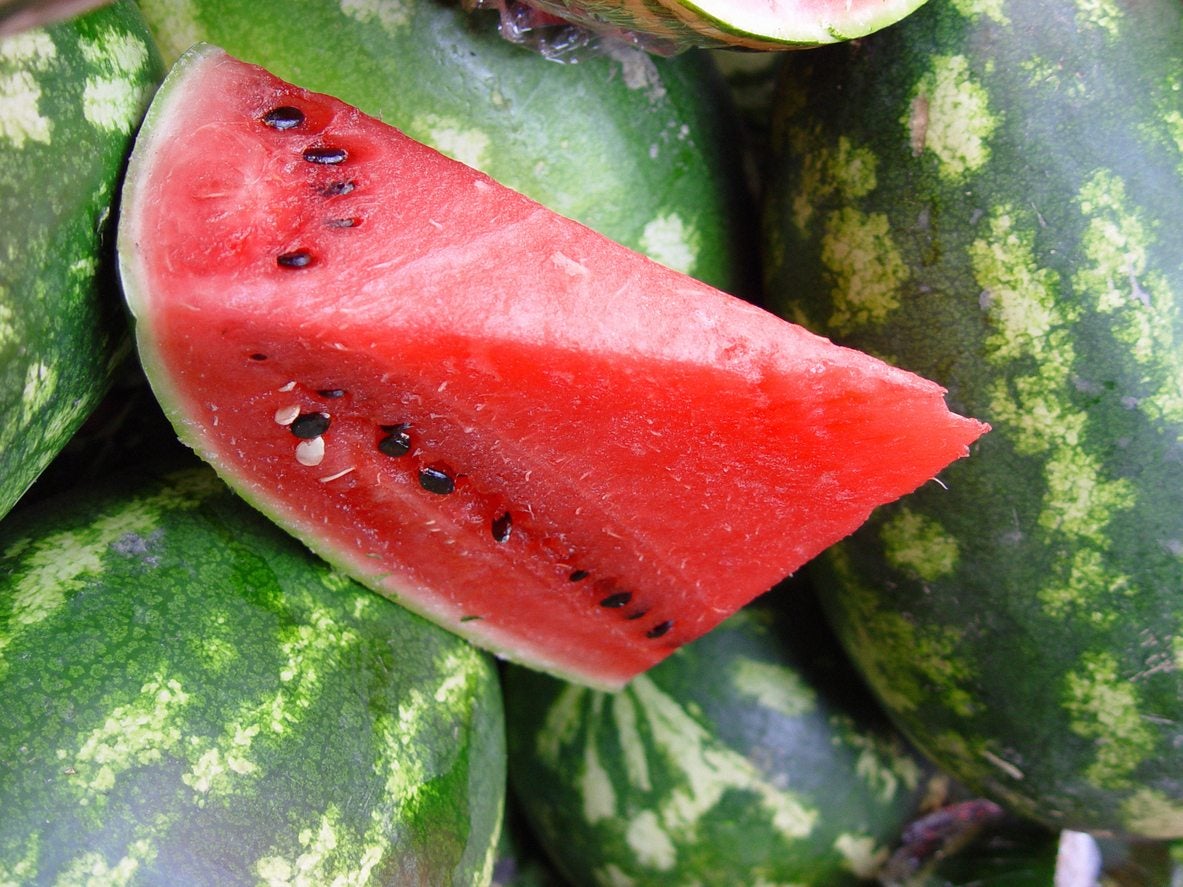Charleston Gray History: Learn How To Grow Charleston Gray Melons


Charleston Gray watermelons are huge, elongated melons, named for their greenish gray rind. The bright red fresh of this heirloom melon is sweet and juicy. Growing heirloom watermelons like Charleston Gray isn’t difficult if you can provide plenty of sunlight and warmth. Let’s learn how.
Charleston Gray History
According to Cambridge University Press, Charleston Gray watermelon plants were developed in 1954 by C.F. Andrus of the United States Department of Agriculture. Charleston Gray and several other cultivars were developed as part of a breeding program devised to create disease-resistant melons. Charleston Gray watermelon plants were widely grown by commercial growers for four decades and remain popular among home gardeners.
How to Grow Charleston Gray Melons
Here are some helpful tips on Charleston Gray watermelon care in the garden: Plant Charleston Gray watermelons directly in the garden in early summer, when the weather is consistently warm and soil temperatures have reached 70 to 90 degrees F. (21-32 C.). Alternatively, start seeds indoors three to four weeks before the last expected frost. Harden the seedlings for a week before transplanting them outdoors. Watermelons require full sunlight and rich, well-drained soil. Dig a generous amount of compost or well-rotted manure into the soil before planting. Plant two or three melon seeds ½ inch (13 mm.) deep in mounds. Space the mounds 4 to 6 feet (1-1.5 m.) apart. Thin the seedlings to one healthy plant per mound when the seedlings are about 2 inches (5 cm.) tall. Mulch the soil around the plants when the seedlings are about 4 inches (10 cm.) tall. A couple inches (5 cm.) of mulch will discourage weeds while keeping the soil moist and warm. Keep the soil consistently moist (but not soggy) until the melons are about the size of a tennis ball. Thereafter, water only when the soil is dry. Water with a soaker hose or drip irrigation system. Avoid overhead watering, if possible. Stop watering about a week before harvest, watering only if the plants appear wilted. (Keep in mind that wilting is normal on hot days.) Control growth of weeds, otherwise, they will rob the plants of moisture and nutrients. Watch for pests, including aphids and cucumber beetles. Harvest Charleston Gray melons when the rinds turn a dull shade of green and the part of the melon touching the soil, previously straw yellow to greenish white, turns creamy yellow. Cut melons from the vine with a sharp knife. Leave about an inch (2.5 cm.) of stem attached, unless you plan to use the melon immediately.
Sign up for the Gardening Know How newsletter today and receive a free copy of our e-book "How to Grow Delicious Tomatoes".

A Credentialed Garden Writer, Mary H. Dyer was with Gardening Know How in the very beginning, publishing articles as early as 2007.